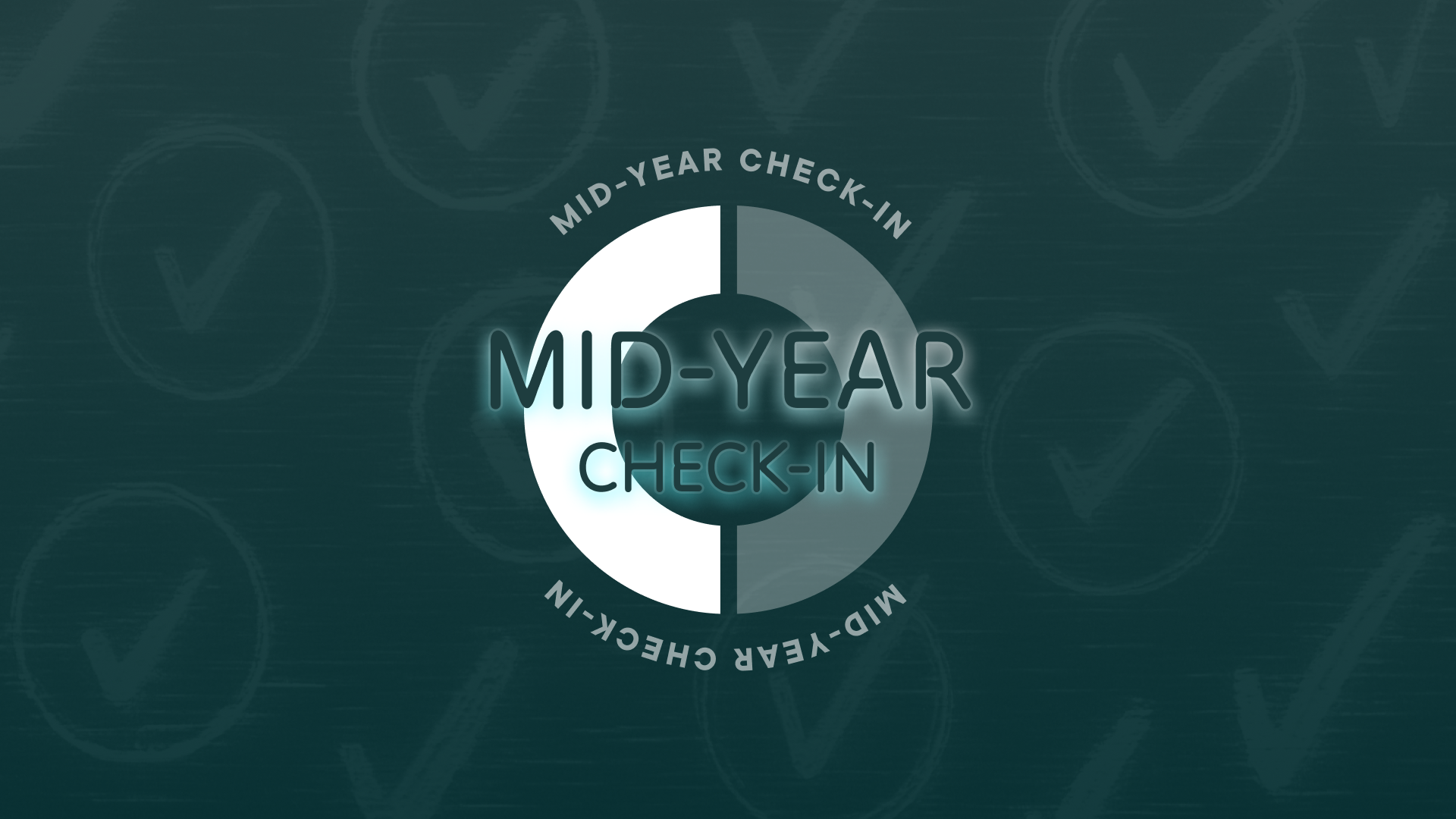
Store closures during and post the pandemic caused the global fashion retail market to shrink by 23%, according to thredUP’s Resale Report. Meanwhile, the secondhand market grew by 32% and is expected to double by 2026, reaching $218B globally.
While the thrifty GenZers are leading the resale revolution, the media and entertainment is fanning the movement. For example, eBay searches for ‘pre-loved fashion’ went up 700 percent following its recent partnership with popular reality TV show “Love Island”, which only featured secondhand clothing all season.
With the shift to more sustainable shopping habits, leading brands are embracing this change and taking action – some actions happen to be a no-brainer for their bottom line and the planet – resale being one of them. Brands are increasingly launching their own resale experiences to meet this consumer demand and take advantage of all that comes with it.
Here’s what they’re finding:
Consumers no longer only thrift for vintage
While many turn to thrifting to find unique vintage gems, the majority (a whopping 64%) of shoppers are after mid-priced labels like The North Face, CUTS, and Lululemon. Long gone are the days when only luxury labels held any real resale value. Now, as long as something is in good condition, no matter the brand, it has a chance at a second life through resale.
Resale-as-a-Service (RaaS) has experienced a 330% YOY growth
More and more brands are turning to Resale-as-a-Service (RaaS) model to boost their sustainability efforts and their bottom line. According to The Recommerce 100 report, thredUP’s monthly comprehensive review of branded recommerce, there are currently 124 brands with resale shops with 167K total listings and an estimated total revenue of $8.1M.
(Hot tip: Treet Shop is a great place to find branded resale shops in one place.)
Branded resale meets your consumers where they are
Resale is not new. Consumers have been reselling your items on third party sites like Poshmark and Depop for years. Branded resale simply brings that experience back to your brand, allowing you to control your resale market and reconnect with shoppers past the initial sale. It’s also a great way to reach an untapped market: the thrifters who have never shopped from your brand directly. In fact, 42% of shoppers on Treet-powered sites have never purchased from those brands before they had a resale offering.
Resale is a profitable business model for fashion brands (if done right)
While still in its infancy, branded resale is already proving to be a big win for brands looking to add a new revenue stream. While RaaS can appear in different forms and models, the profits greatly diminish when the brands calculate the rising inputs, labor costs and logistics surcharges of handling it on their own. It’s easier and much more cost-effective to partner with a resale platform like Treet that takes on all the logistics and customer service aspects of resale, while sharing the revenue. With a customizable approach to resale, whether it’s brand-direct, peer-to-peer or hybrid, Treet works with brands of all sizes.
Curious to see the revenue potential of your resale market? Treet’s Resale Revenue Calculator helps you calculate just that.
If you are a brand looking to explore resale, reach out to us for a free consultation by contacting sales@treet.co or fill out our form.






